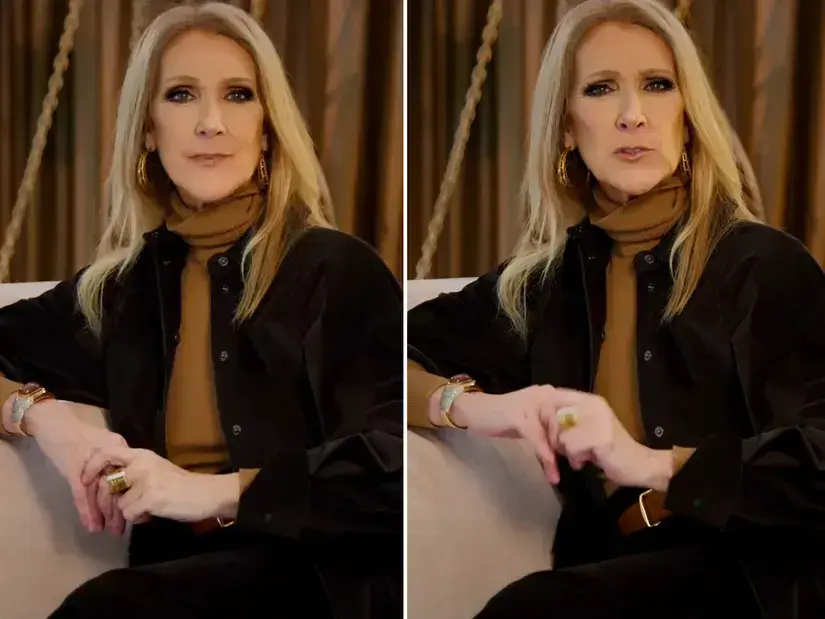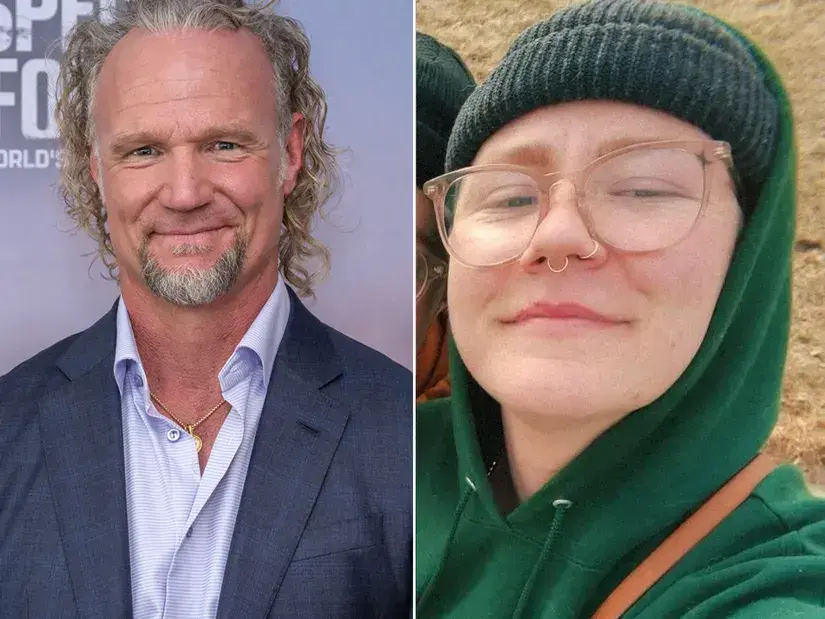BY: Walker
Published 3 years ago

Suicide among Black youth is a significant public health concern.
via: BET
According to a May 2022 analysis published in the Journal of the American Academy of Child & Adolescent Psychiatry, from 2003 to 2017, Black teens from 15 to 17 and Black girls in that age group had the “largest annual percentage changes” in suicides, from 4.9% and 6.6.%, respectively. Additionally, the American Academy of Pediatrics, American Academy of Child & Adolescent Psychiatry and Children’s Hospital Association stated between 2010 and 2020, suicide was the second leading cause of death for every racial demographic.
Michael Lindsey, the dean of NYU’s Silver School of Social Work and a researcher for the study, said in a statement, “Black girls showed the largest annual percentage change in terms of suicide increase. We typically think that suicide is an older white male phenomenon.”
The numbers are also disturbing for LGBTQ youth. This year the Trevor Project, the world’s largest suicide prevention and crisis intervention organization for LGBTQ young people, released a report that found 45% of the 34,000 13- to 24-year-olds in their survey had seriously considered suicide. However, those who received support from their family attempted suicide at less than half of the rate of LGBTQ youth who reported receiving low or moderate support.
The Trevor Project has been ringing the alarm for years about the suicide rates for Black LGBT youth. After 15-year-old Nigel Shelby, a Black queer teen from Huntsville, Alabama, took his own life in April 2019 after being bullied for being gay, the Trevor Project said in a statement: “We know how challenging coming out can be at any age, especially in environments that may include risk factors for increased rates of discrimination, rejection, and bullying. At The Trevor Project, we hear from LGBTQ young people who have thoughts of suicide or feel unsafe or unloved at school or home – just for being who they are. We encourage adults who interact with youth to learn more about LGBTQ competent suicide prevention and risk detection and to remind LGBTQ youth that they are never alone, that their lives have value, and are loved.”










